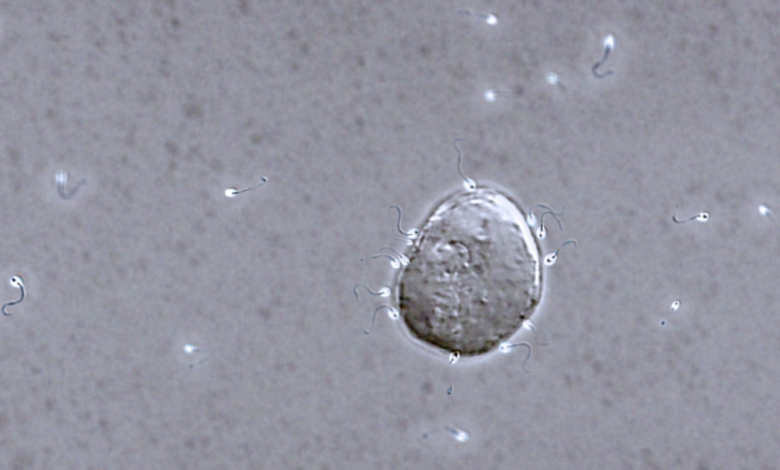
Reproduction as we've known it for millions of years could look very different in a few decades due to revolutionary science.
You've likely heard of the fertility process called In Vitro Fertilization in which an egg and sperm are joined in a lab to produce a fertilized egg called an embyro.
There's a new process Japanese researchers have discovered called In Vitro Gametogenesis, or IVG, in which any cell from a person's body, say a skin cell, can be turned into an egg or a sperm. It doesn't matter whether the cell is from a male or a female.
Brown University professor of medical science Eli Adashirecently attended a workshop at the National Academy of Medicine focused on the latest findings of IVG.
"You can take a male skin cell and convert it not to a sperm, but actually to an egg," Adashi said. "In other words, imagine two men were unable at this point to father a child that is genetically their own, and with that technology, in principle, they could now be the parents of a genetically-related child. "They will, of course, need a surrogate to carry the embryo and the and the pregnancy to term. It's a breakthrough the likes of which nobody could envision as recently as a few months ago."
Not only would IVG make it possible for two men or two women to reproduce, it would allow infertile men and women to have children with their own DNA instead of relying on donors. Moreover, women could reproduce at any age, rendering the biological clock irrelevant.
There's even talk of the possibility of what scientists are calling "uni-babies" in which a baby is made with just one person's genes.
So far IVG has only been done successfully on mice. Adashi says social and legal questions need to be answered before this can be done on humans.
He also notes there are many more possibilities for this science beyond reproduction since the stem cells can theoretically be guided in any direction.
"What if you were blind because one particular cell type was missing in your retina?" Adashi said. "Could we produce that cell in vitro and then inject it into your retina and thereby reestablish normal vision?"







